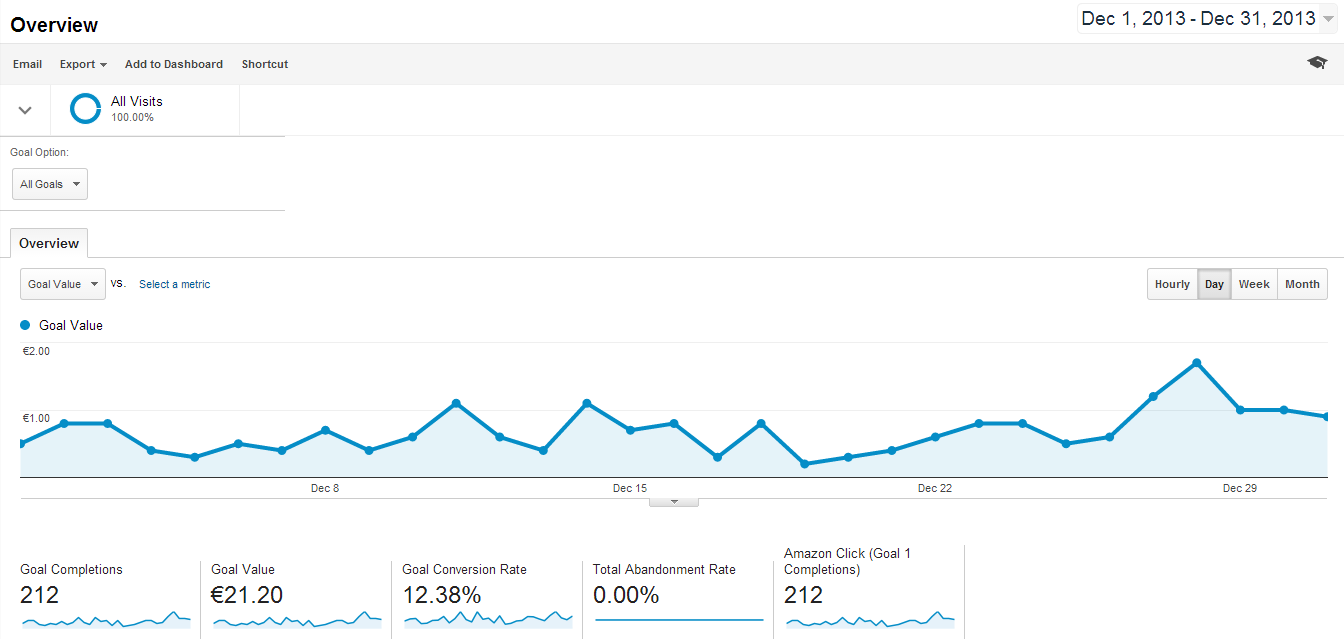Comprehensive Listing of What Data Is Google Analytics Goals Unable to Track
Comprehensive Listing of What Data Is Google Analytics Goals Unable to Track
Blog Article
Introducing the Blind Spots: Comprehending What Google Analytics Goals Can not Determine
In the world of electronic analytics, Google Analytics stands as an effective device for monitoring and assessing on-line user communications. In the middle of its durable capabilities, there exist blind spots that frequently avert measurement. what data is google analytics goals unable to track. Comprehending what Google Analytics goals can not measure is crucial for gaining a comprehensive sight of user actions and involvement. As we dig into the complexities of these blind spots, we reveal a complex internet of undiscovered areas that hold important insights right into customer actions and motivations, tough traditional wisdom and losing light on the restrictions of our data-driven understanding.
Individual Habits on External Platforms
Recognizing just how individuals communicate on exterior platforms is important for enhancing online strategies. Exterior systems, such as social networks networks, referral internet sites, and on the internet discussion forums, play a significant duty in driving web traffic to a firm's site. By assessing individual actions on these platforms, services can gain useful understandings into the performance of their advertising and marketing initiatives and the choices of their target audience.
One key facet of user actions on exterior platforms is the referral resource. By tracking where the individuals are originating from, companies can determine which platforms are driving the most traffic to their internet site. This information can assist firms allocate their resources a lot more effectively, focusing on the platforms that produce the very best outcomes.

Offline Communications and conversions
Assessing individual behavior on exterior systems offers important insights right into online approaches; nevertheless, taking into consideration offline conversions and communications is equally vital for an extensive understanding of a firm's general performance. Offline conversions, such as in-store acquisitions or phone queries, play a significant duty in lots of businesses' success.

Acknowledgment Beyond Last Click
When delving into the realm of digital advertising and marketing analytics, it becomes vital to look beyond the single touchpoint of the last click for a much more detailed understanding of acknowledgment. While Google Analytics gives valuable insights into user behavior, counting only on last-click acknowledgment can be website link restricting - what data is google analytics goals unable to track. Attribution versions that exceed the last click use an extra nuanced sight of the consumer trip, considering all the touchpoints that lead to a conversion
Acknowledgment beyond the last click allows marketing professionals to designate credit history to different communications along the conversion path, giving a more clear image of the performance of various advertising channels. By exploring multi-touch acknowledgment versions such as direct, time decay, or position-based acknowledgment, services can better allocate their advertising and marketing spending plans and enhance their techniques for maximum influence.
Comprehending the influence of each touchpoint in the conversion process is crucial for making educated choices and making best use of ROI. By welcoming attribution beyond the last click, organizations can obtain deeper understandings into consumer habits and tailor their advertising and marketing initiatives better.
Cross-Device and Cross-Browser Tracking

Likewise, cross-browser tracking matches cross-device monitoring this website by recording user behavior as they change in between different web internet browsers. Recognizing how users communicate with web sites on numerous internet browsers can help marketing experts maximize their on-line experiences to ensure consistency and functionality across different systems.
Qualitative Data and Customer Intent
Comprehending customer intent through qualitative information evaluation is essential for developing targeted electronic advertising approaches that reverberate with the requirements and preferences of the target market. Qualitative information offers insights into the 'why' behind user actions, clarifying inspirations, emotions, and preferences that quantitative information alone can not record. By assessing customer responses, comments, and communications, marketers can reveal beneficial details regarding individual intent, allowing them to customize their messaging, material, and offerings to much better align with what their target market is looking for.
Qualitative data also aids in recognizing the context in which individuals involve with an internet site or application. This contextual understanding allows online marketers to create even more individualized Going Here and appropriate experiences, eventually driving greater involvement and conversion prices. By delving into individual intent through qualitative information evaluation, businesses can get a much deeper understanding of their target audience, bring about more effective advertising approaches that fulfill individuals' assumptions and requirements.
Conclusion
In conclusion, Google Analytics goals have restrictions in gauging user habits on outside systems, offline conversions, attribution beyond last click, cross-device and cross-browser tracking, and qualitative data associated with individual intent. what data is google analytics goals unable to track. It is very important for services to be aware of these blind spots in order to supplement their data analysis with various other devices and techniques to obtain a more comprehensive understanding of their audience and enhance their general electronic advertising and marketing strategies
By evaluating individual habits on these systems, companies can obtain beneficial insights into the effectiveness of their marketing initiatives and the choices of their target audience.
Evaluating individual behavior on exterior systems supplies beneficial understandings into on-line techniques; nevertheless, thinking about offline conversions and communications is similarly imperative for an extensive understanding of a firm's general performance.In digital advertising analytics, moving beyond last-click attribution to explore cross-device and cross-browser tracking is important for gaining a holistic understanding of customer interactions across various platforms and devices. By evaluating individual comments, remarks, and communications, online marketers can discover beneficial details about customer intent, permitting them to tailor their messaging, material, and offerings to better align with what their target market is seeking.
By diving into individual intent via qualitative information evaluation, services can get a much deeper understanding of their target audience, leading to more effective advertising and marketing techniques that fulfill users' expectations and requirements.
Report this page